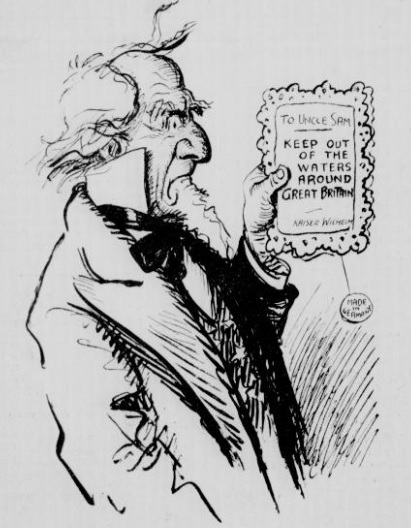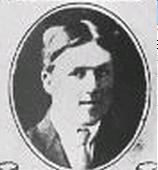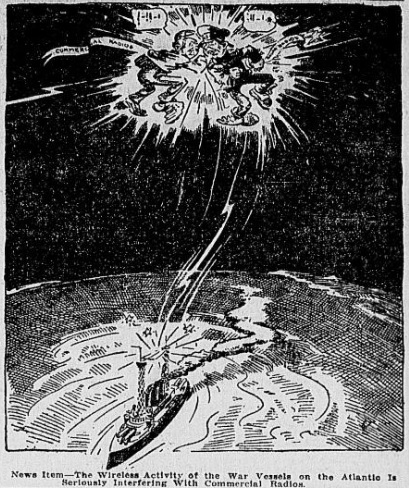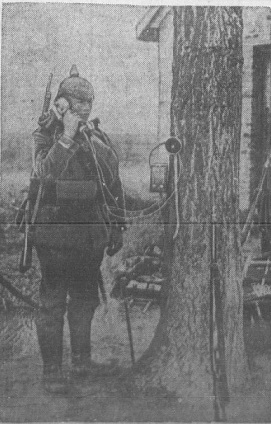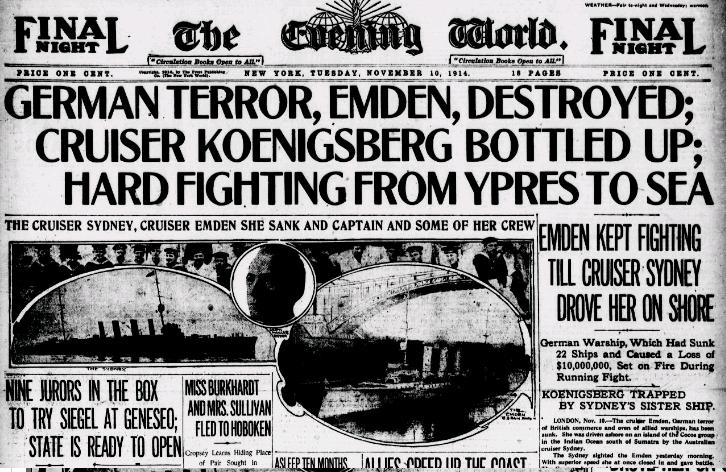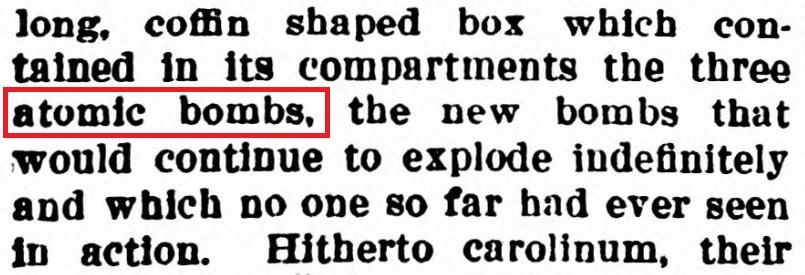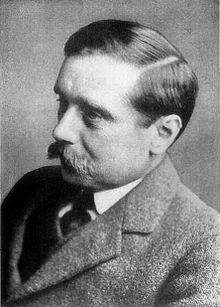The first submarine deaths of the U.S. Navy predated U.S. involvement in the First World War by about two years. The USS F-4, originally named the Skate, was lost in the waters off Honolulu 100 years ago today, March 25, 1915, with the loss of all 21 men aboard.
An investigating board concluded that corrosion of the lead battery tank had allowed sea water to seep into the battery compartment. Other theories involved a faulty valve or problems with air lines supplying the ballast tank. Whatever the cause, the sub was lost on a routine training mission a hundred years ago today.
The ship was recovered a few months later. Only four of the dead could be identified. The other 17 were buried at Arlington National Cemetery.
The following men gave their lives in the service of their country a hundred years ago today. Links go to an individual memorial page at OnEternalPatrol.com.
References
Click Here For Today’s Ripley’s Believe It Or NotCartoon
![]()


